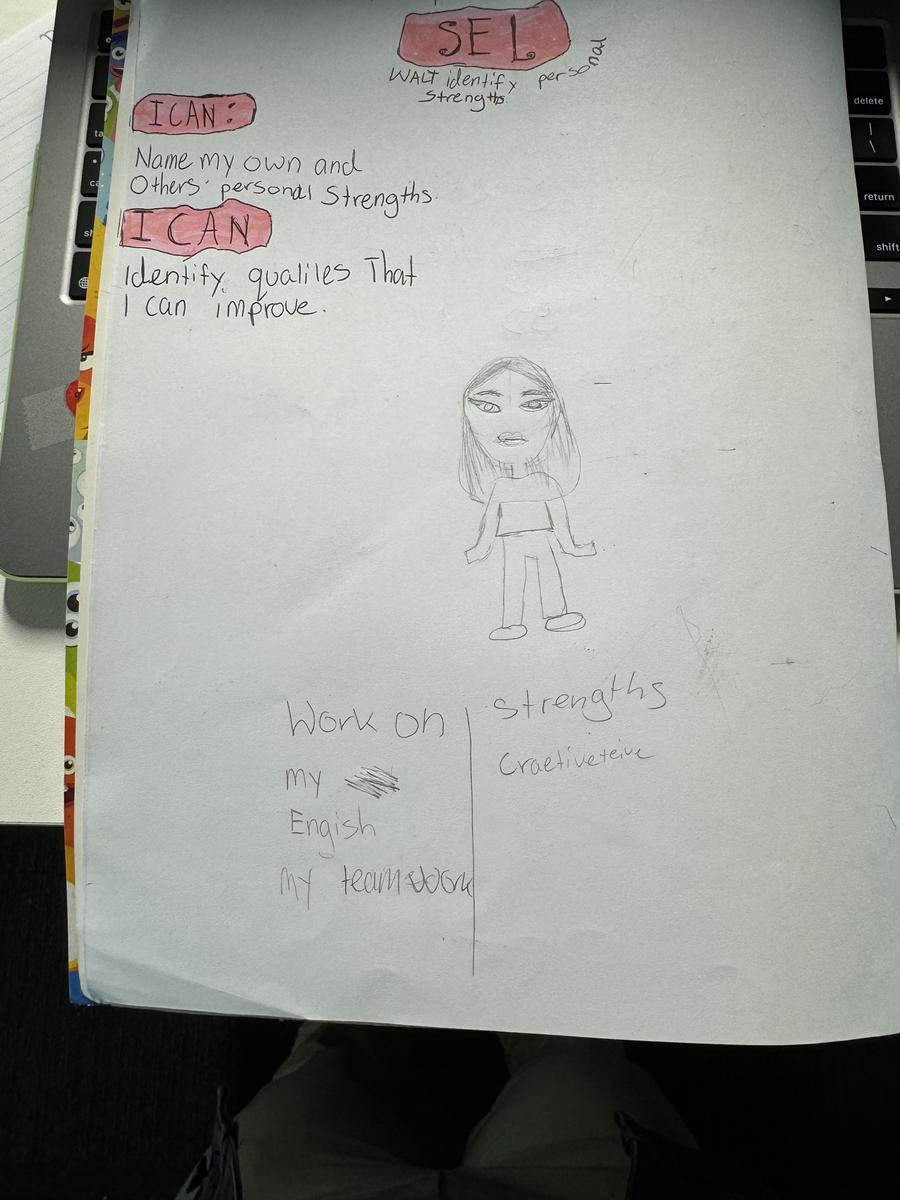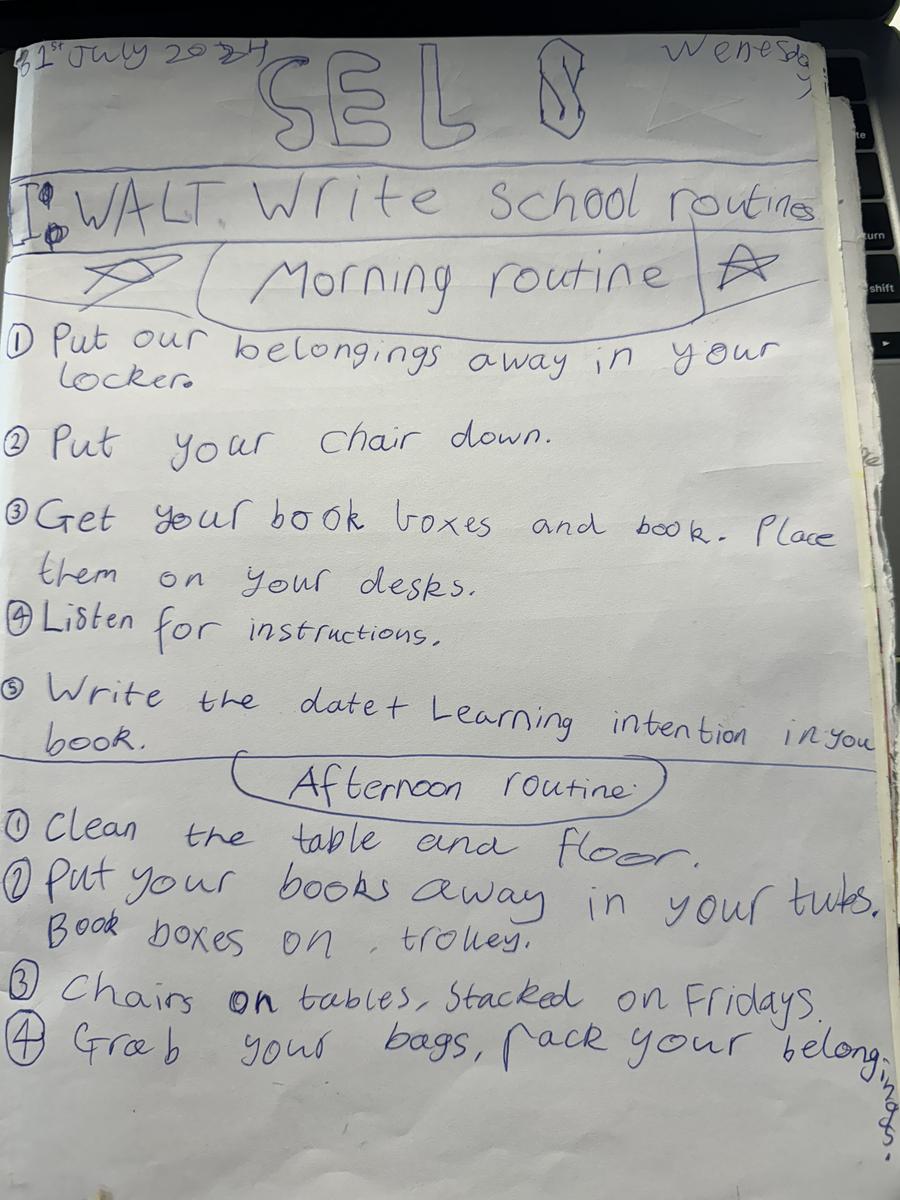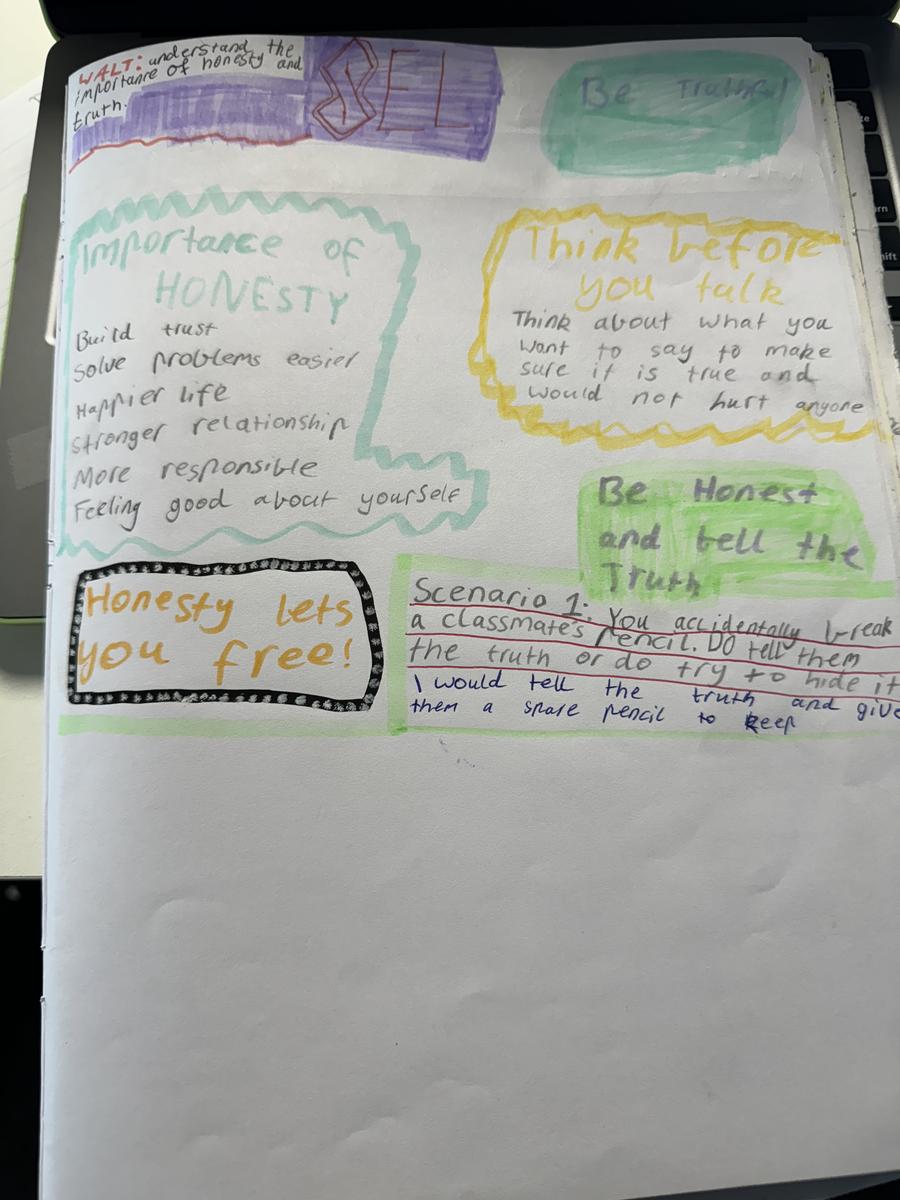Apollo Community.
Teachers: Donna 4A, Miranda 4B, Rania 4C, Priscilla 4D, Maddy and Rebecca 4E

Apollo Community.
Teachers: Donna 4A, Miranda 4B, Rania 4C, Priscilla 4D, Maddy and Rebecca 4E
End of school Term 4: 20th December
Please ensure you child arrives on time to school. School starts at 8.50 am.
This helps your child to settle in with the rest of the class before session begins.
If you child is late please ensure your child goes to the office for a late pass.
The year 4 teachers appreciate your dedication and support.
Sun smart Term: Students are most protected when wearing a broad brim hat to protect them from the sun's harmful UV rays and sunscreen. Please provide your child with a hat to wear at school. This does not have to be a school hat.
When UV index levels are 3 or above (generally from mid-August to the end of April in Victoria, which covers most of the school year).
READING
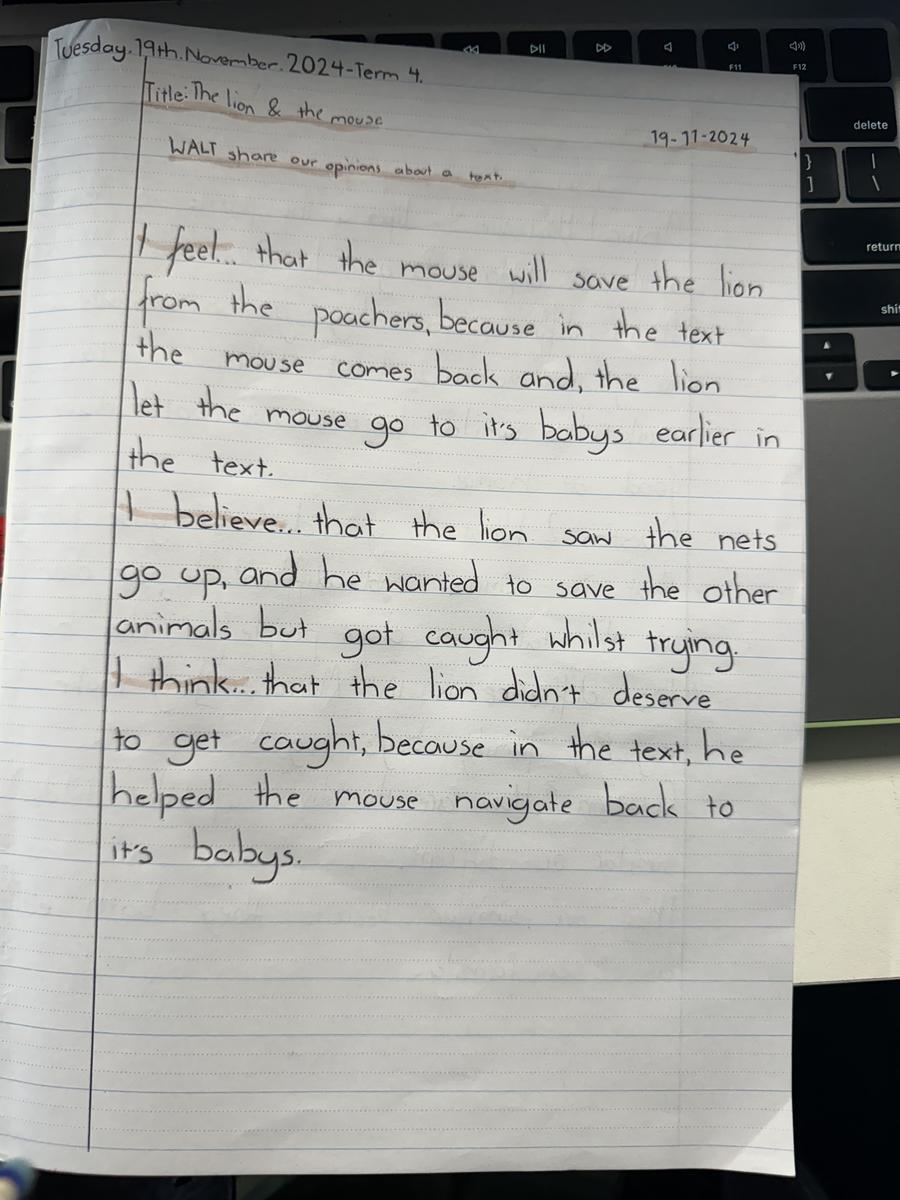
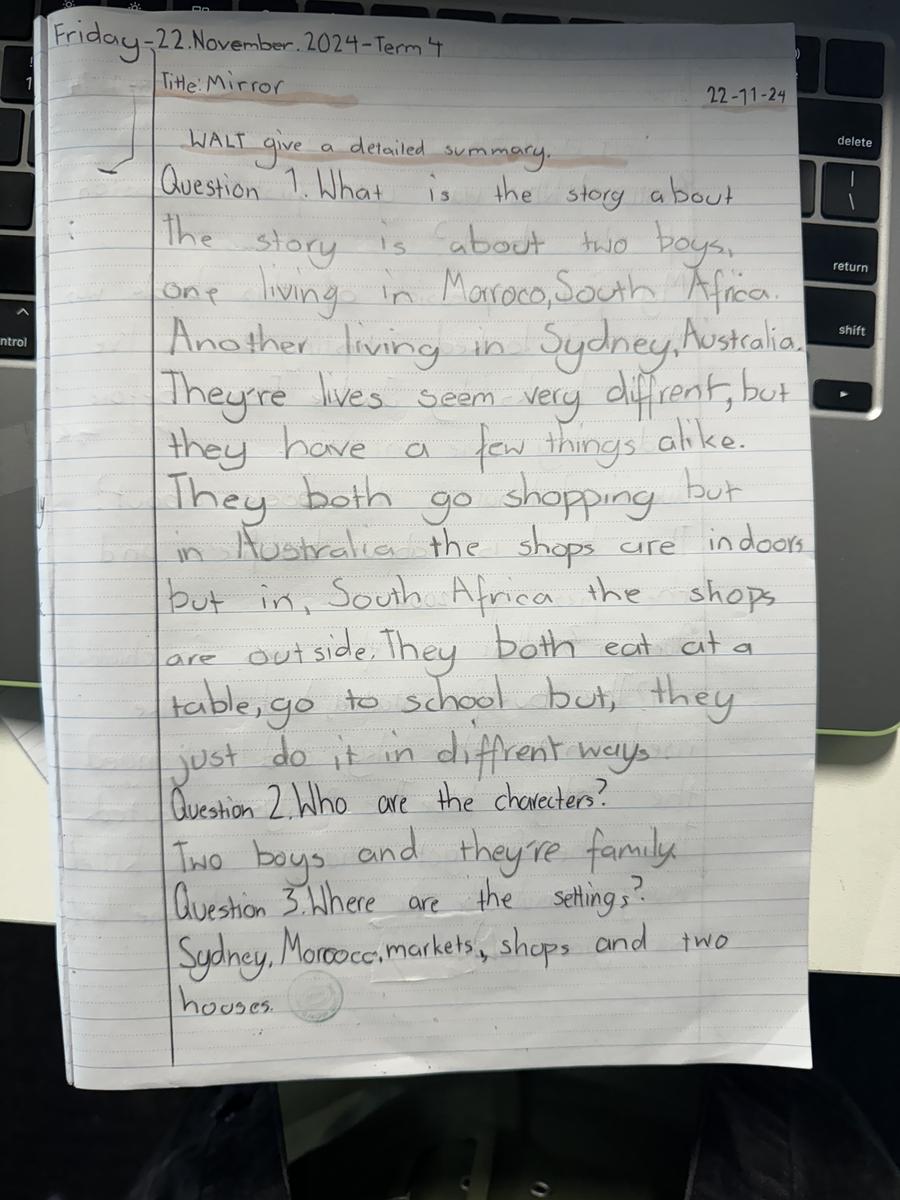


In our Grade 4 reading lessons, we have been developing a range of important skills and strategies to deepen our understanding and analysis of texts. Students have been learning to use thinking verbs such as believe, think, feel, and understand to express their opinions about texts. They have also been working on identifying whether a text is written in the past, present, or future tense and comparing the perspectives of different characters. Another focus has been exploring literary techniques, such as wordplay and descriptive language, which help convey emotions, set the tone, and create mood. Additionally, students have been making connections between the text and their own experiences, other texts, and the wider world. These connections enable students to find personal meaning in the stories and appreciate their relevance in various contexts.
WRITING
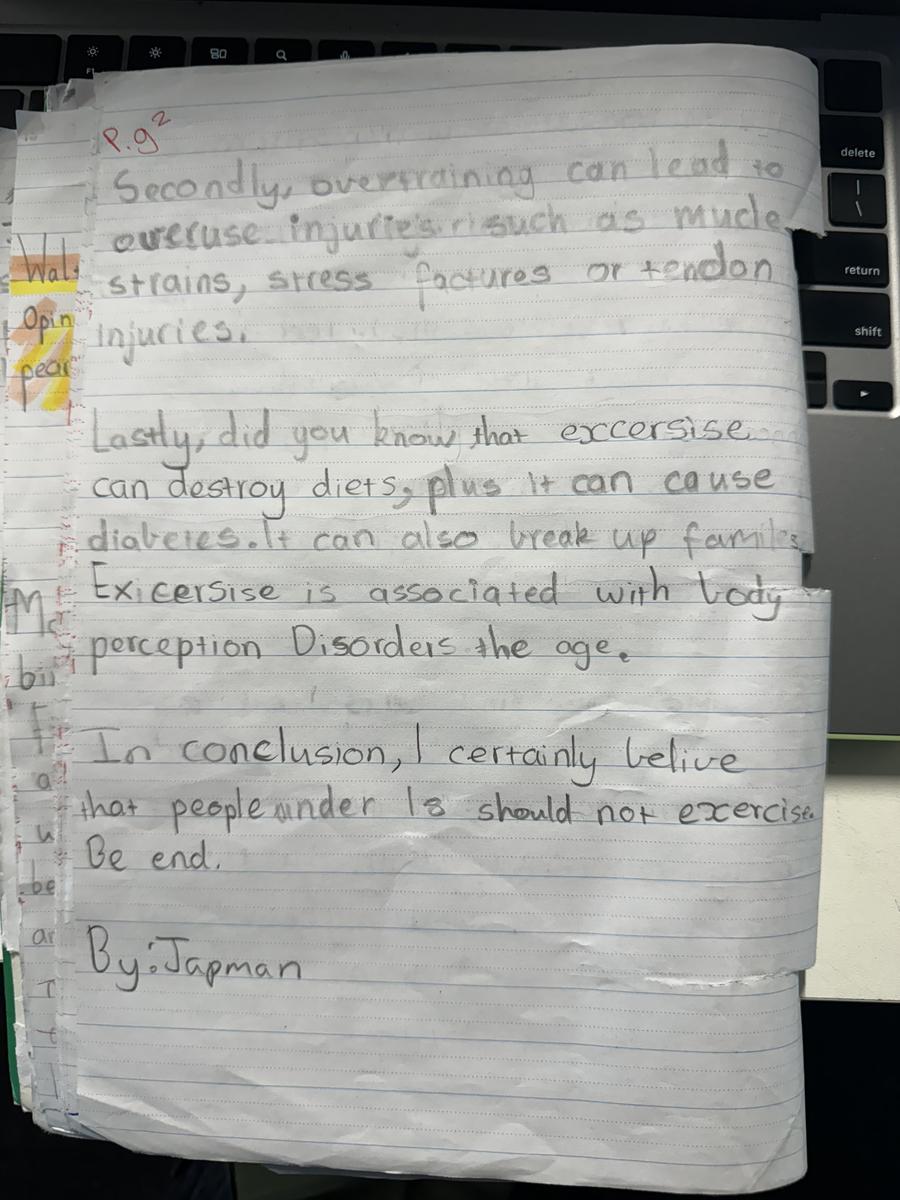
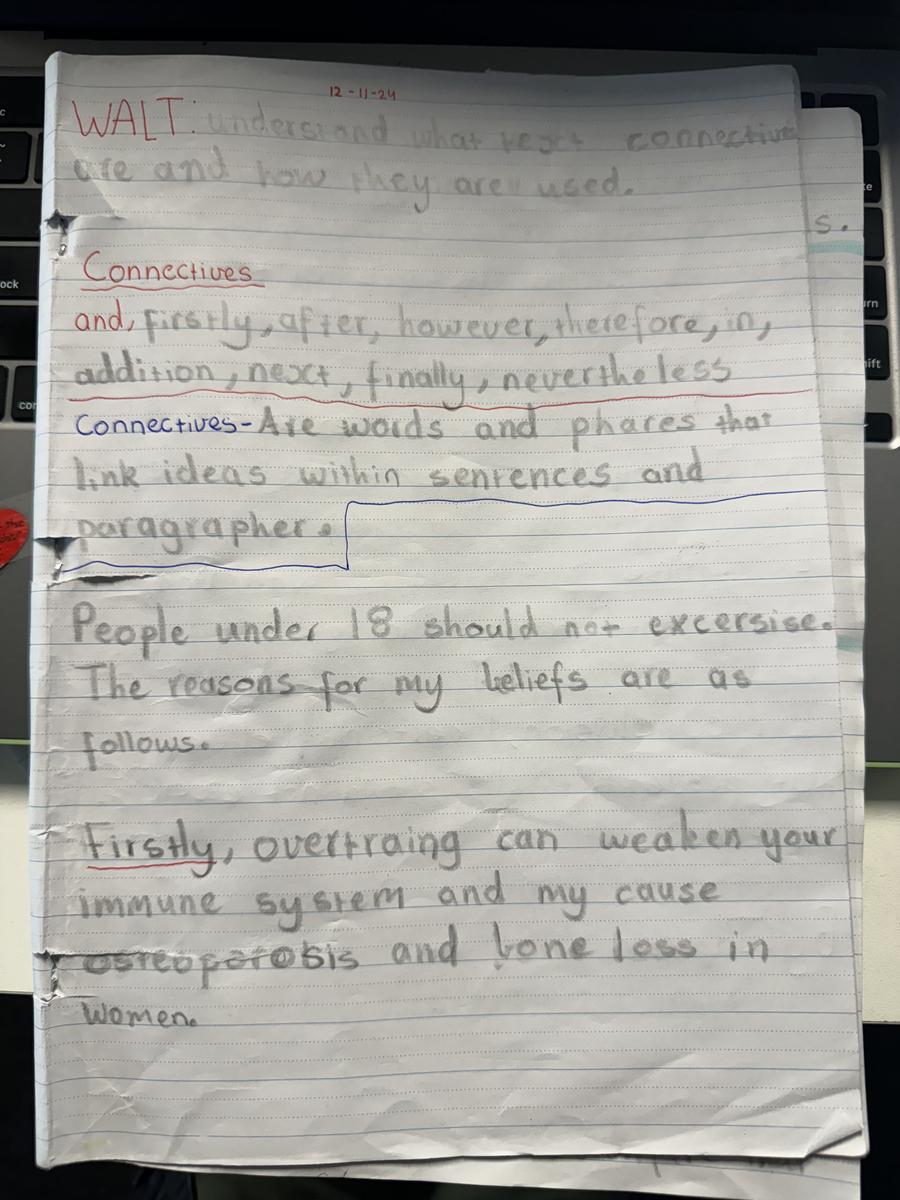


This term in Writing, students explored how to create engaging texts by developing storylines, characters, and settings. They practiced writing narratives that incorporated opinions, facts, and feelings, while working through the steps of the writing process, including re-reading and editing to improve meaning and punctuation. Students experimented with text connectives, different tenses, adverbs, wordplay, and other literary devices to enhance and refine their personal writing. They also examined how authors use descriptive language to create vivid mental images and evoke emotions in readers. Inspired by this, students worked on incorporating descriptive language into their own writing to achieve a similar effect on their audience.
MATHS
In Maths this term, students had been exploring reading, interpreting and recording temperatures accurately on a thermometer. The students conducted class wide surveys, recorded the results as a tally and represented those results as a graph. They were then asked to analyse and present their findings to the class.
The students had participated in chance experiments with coins, dice and cards where they were asked to conduct various experiments, and also record and analyse the results. From there they were able to draw conclusions about the likelihood of subsequent events. This created a lot of discussion surrounding possible outcomes for further experiments.
The students had also been using their creativity when drawing their own treasure island maps using a grid. They were asked to use grid references when constructing written directions to direct their partner to their secret treasures.
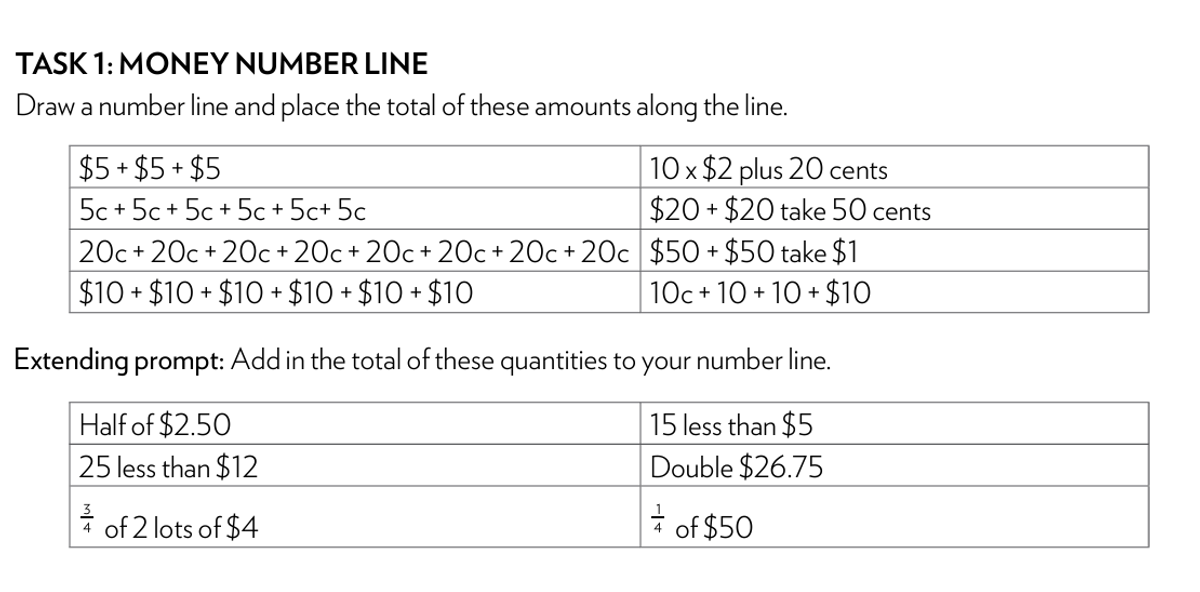

Mathematical equations to round up and down:
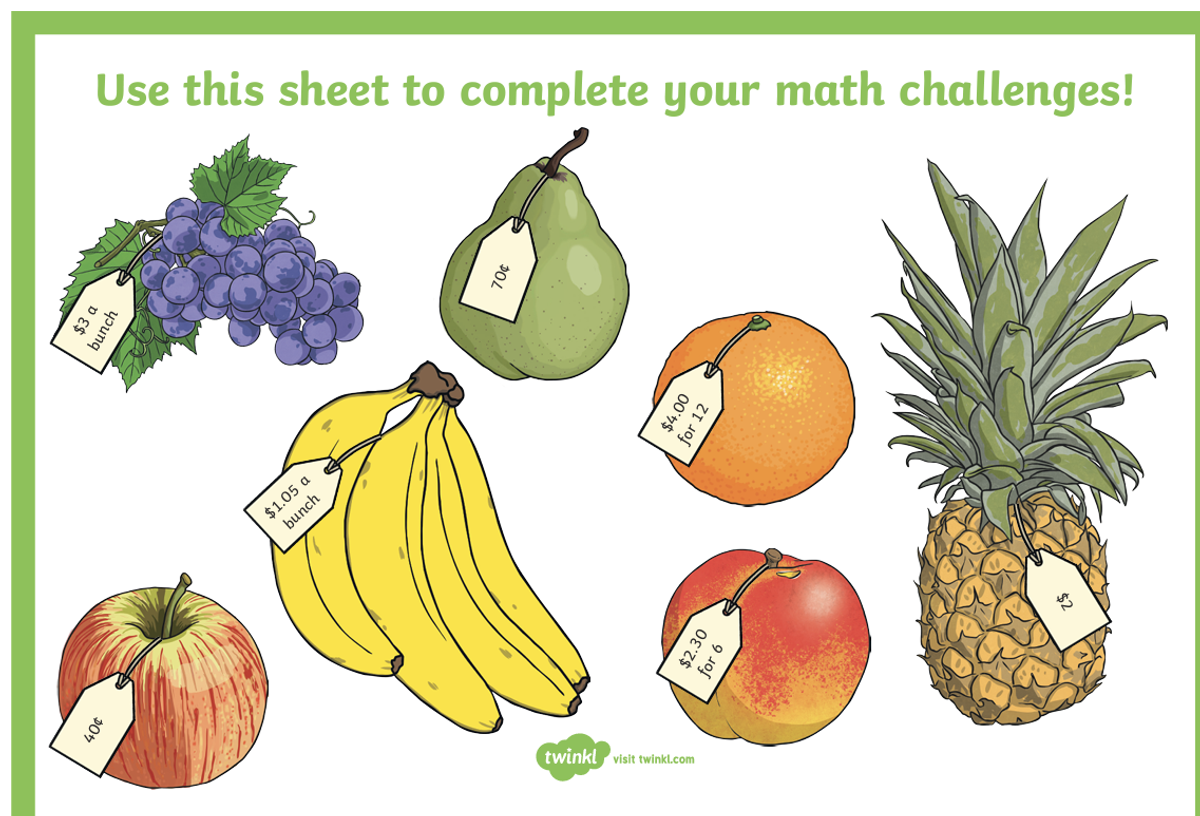

Drawing maps:
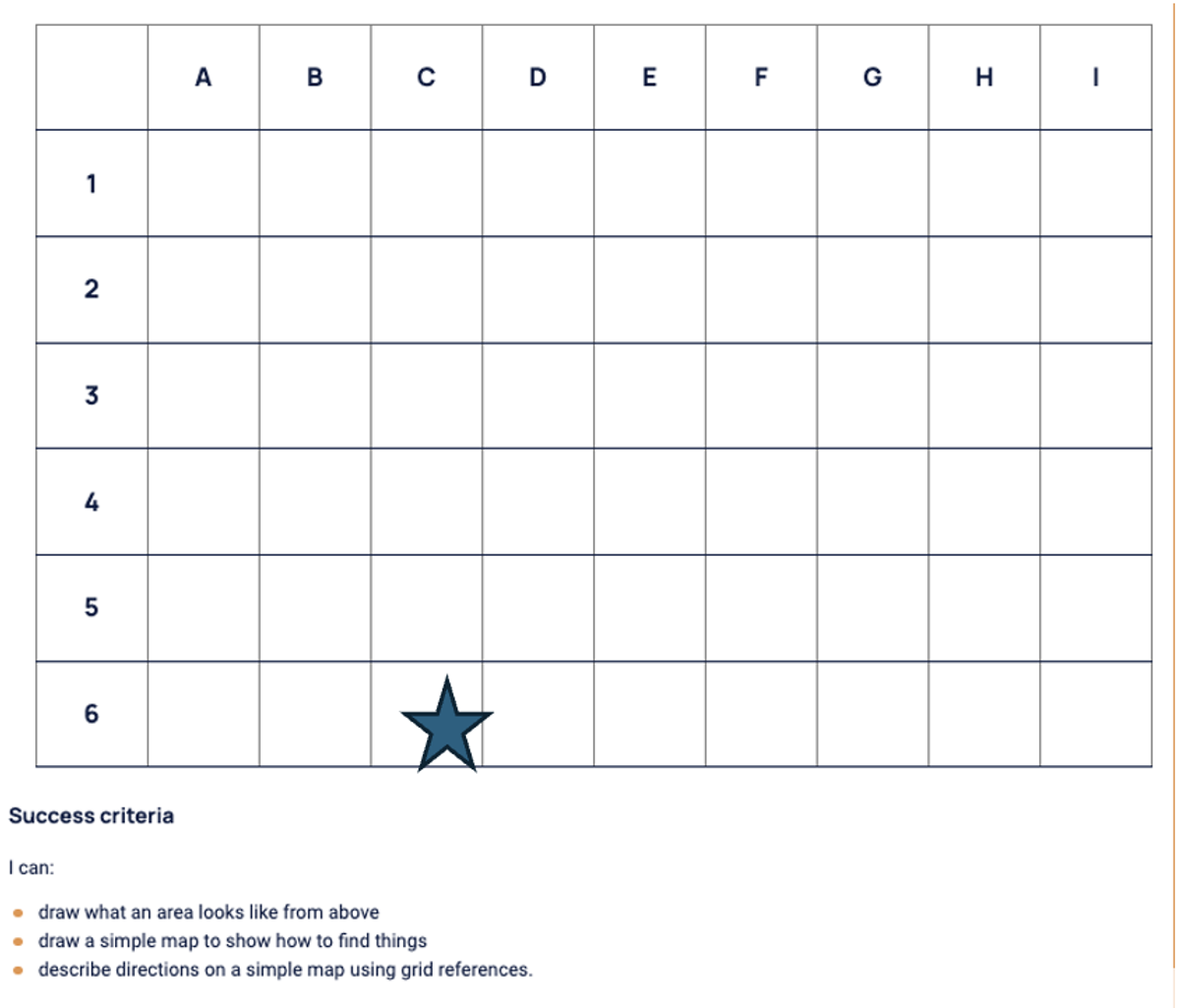

Entering data into a spread sheet and creating spreadsheets to collect data:
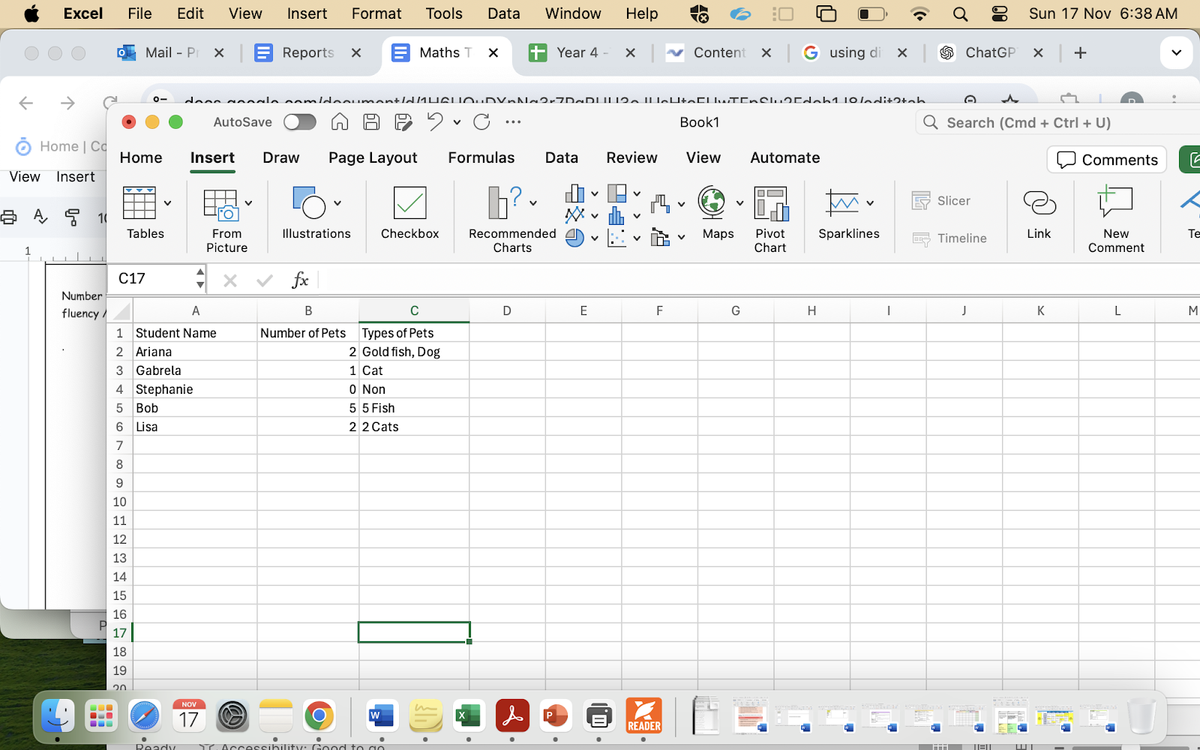

INQUIRY
In Inquiry, students explored different cultures and their norms and how they contribute to the community. Students researched the traditions, food, language, music, traditional clothing and costumes of their chosen culture and published their findings as a poster or powerpoint. The three elements of cultural identity, ‘Country/Place’, ‘Language’ and ‘Knowledge Traditions’ were explored and a connection was made to the cultural identity of the Indigenous People around Australia. Students identified the importance of natural features such as mountains, rivers and forests and how language is passed down from generation to generation. Students investigated how people contribute to the community through volunteering as active citizens and identified the various ways people can volunteer and the positive impact this has on the community.
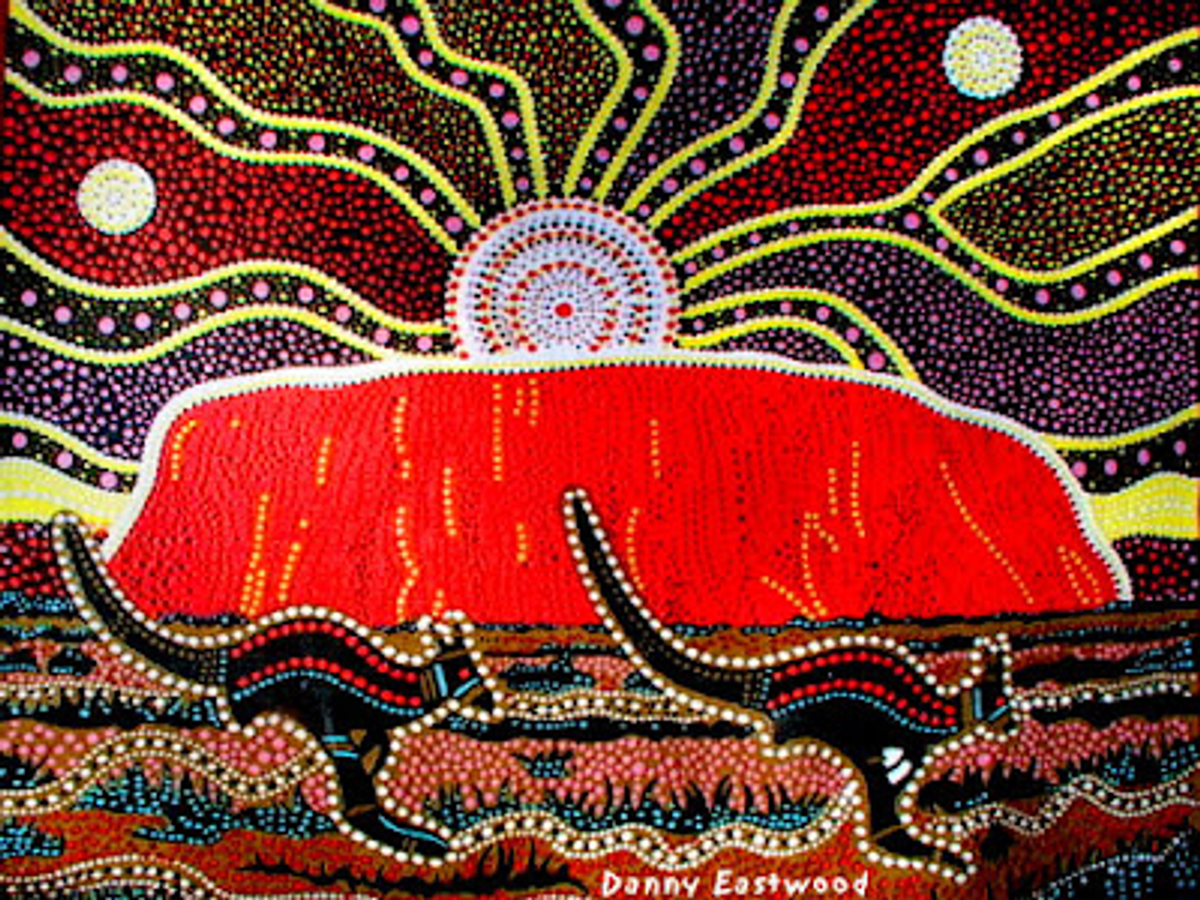

Some key questions explored:
Key concepts explored:
The importance of rules and distinguishing between rules and laws. Explore democracy as ruled by the people through learning about decision making within communities. Students consider the purpose of creating rules for groups and how rules and laws affect them. They describe how people participate in their community as active citizens and factors that shape a person’s identity and sense of belonging. |
SEL
Students demonstrated a growing ability to reflect on important dispositions such as honesty, bravery, and empathy, recognising how these qualities influence decision-making. They understood that honesty is a cornerstone of strong relationships and had shown thoughtfulness in exploring how being truthful fosters trust and respect among peers.
Students also engaged in meaningful discussions about respect, articulating what it looks, sounds, and feels like in different contexts. They identified that respect involves listening actively to others, speaking kindly, and valuing diverse perspectives. Through their contributions, students had shown an awareness of how these dispositions create positive interact ions and contribute to a supportive community.
